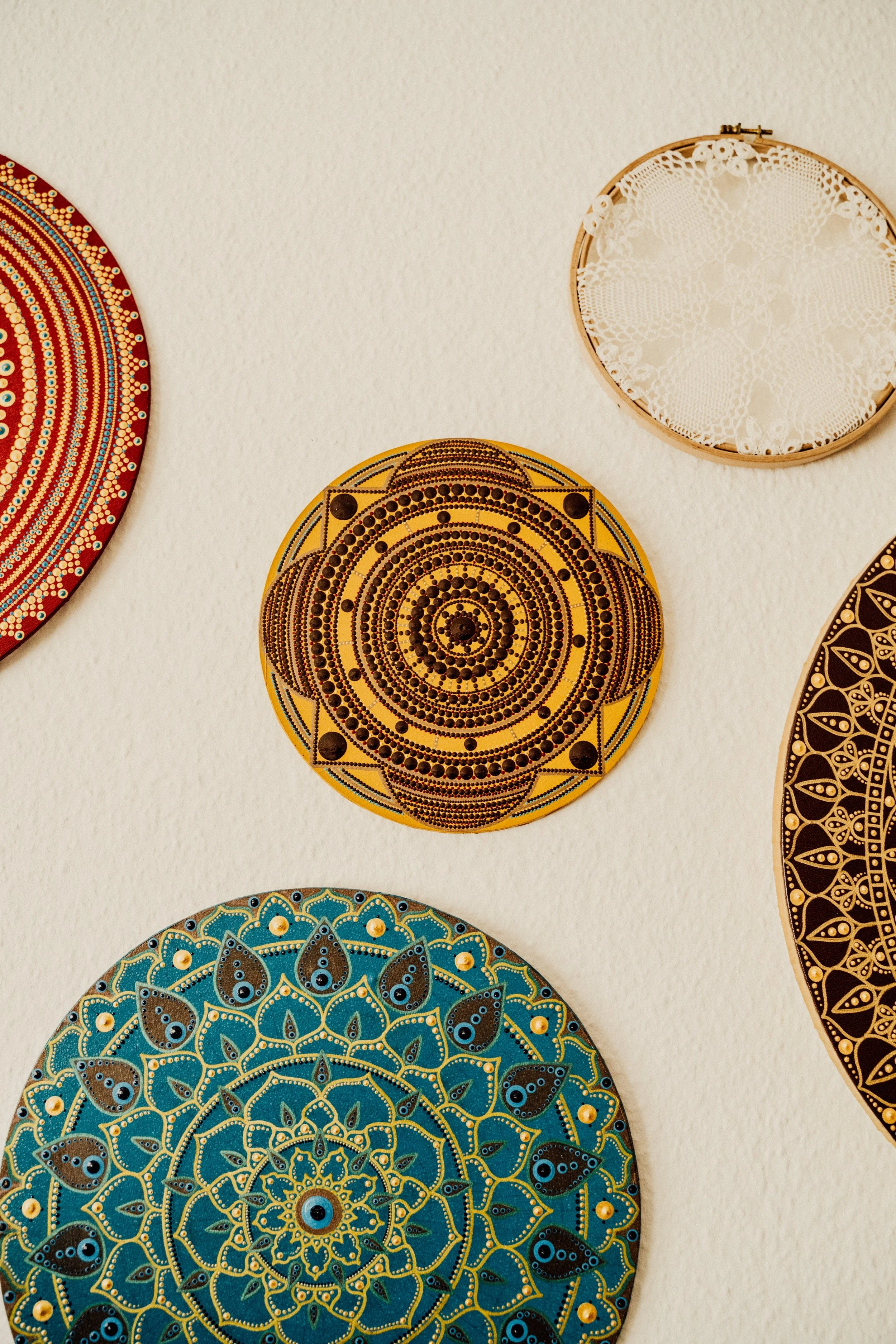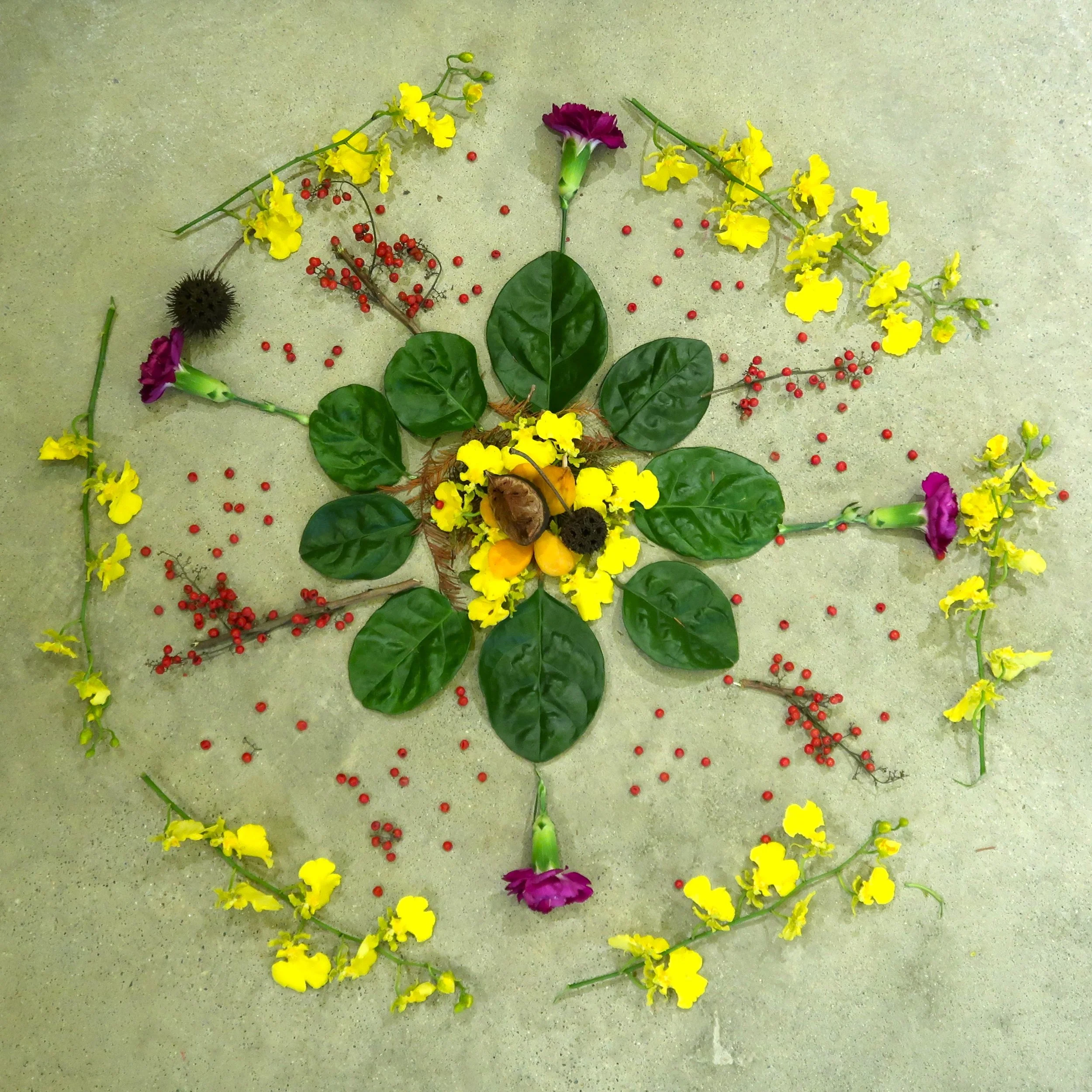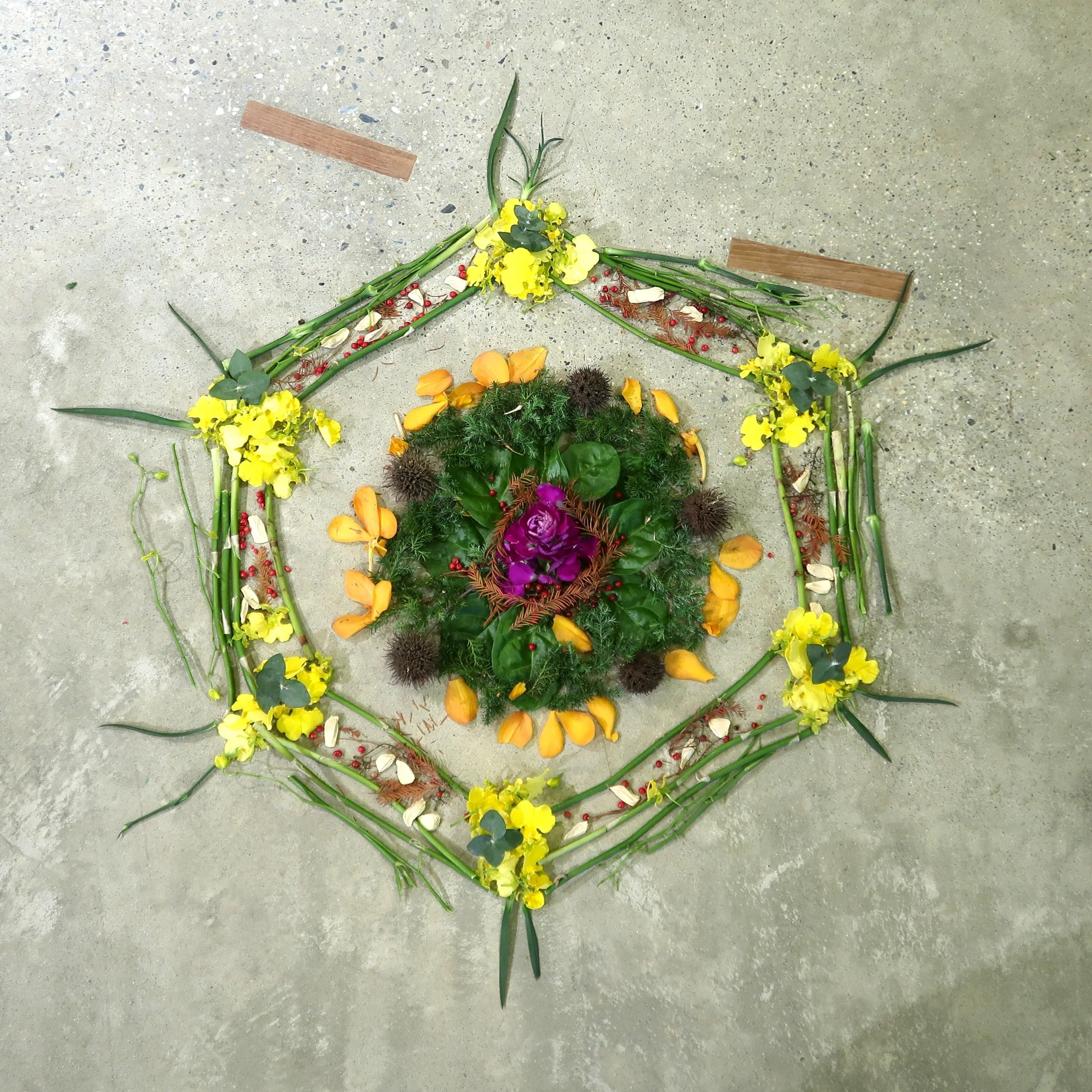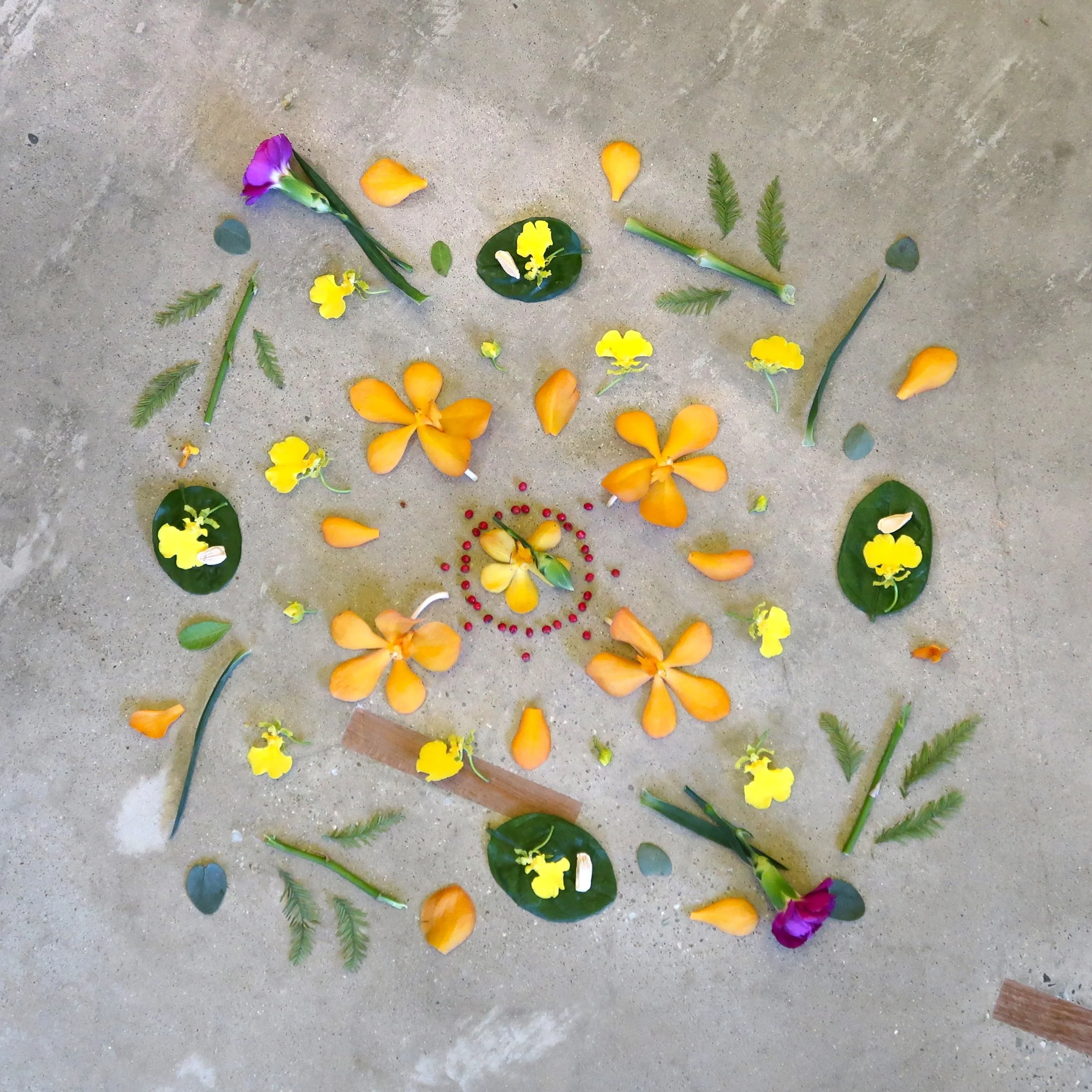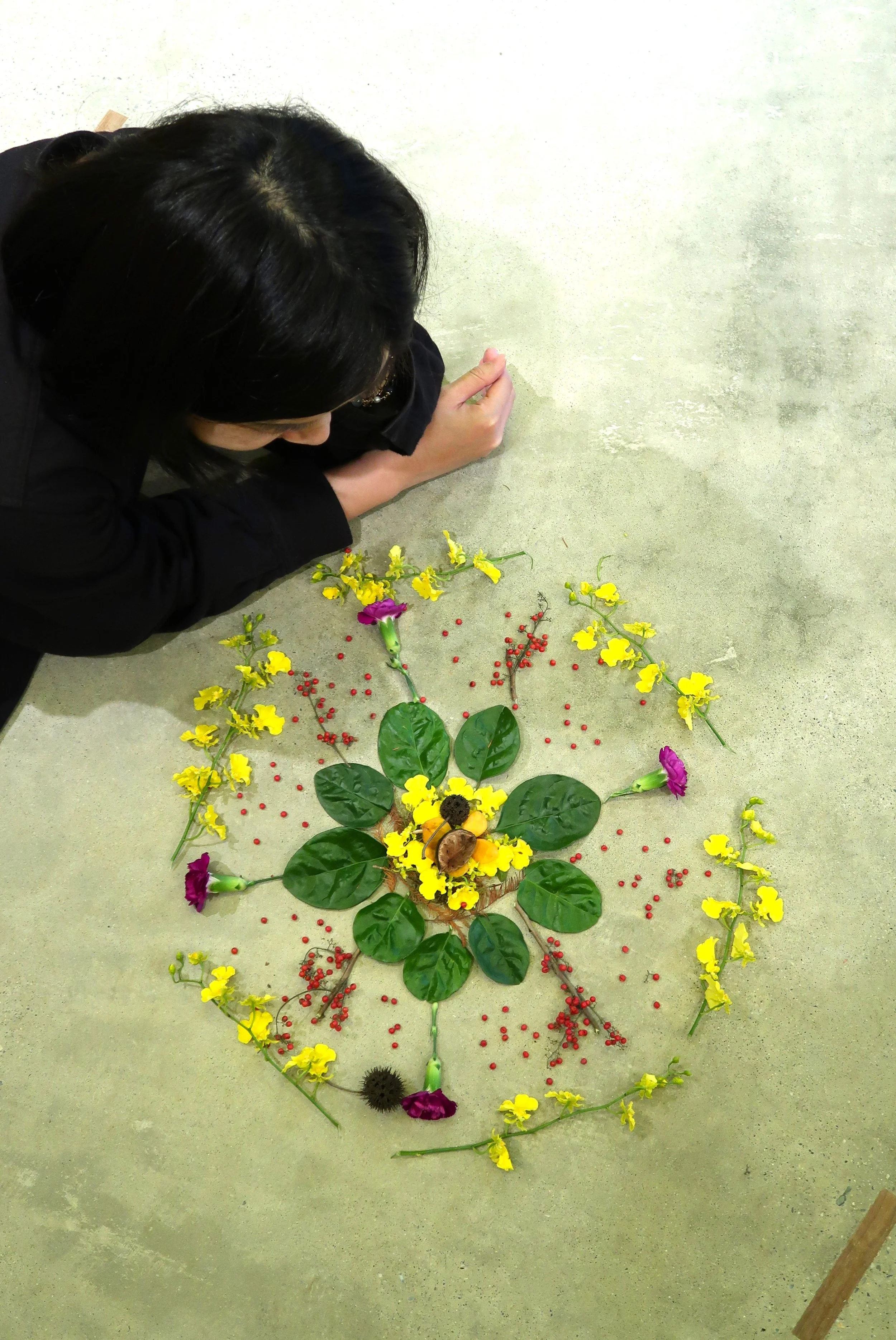The Healing Power of Mandala Art Therapy
What is Mandala?
Mandala, in Sanskrit, refers to a circle or center. In a religious context, it represents a Bodhimanda (or Daochang), an altar, or a yoga platform[1].
In ancient times, layers of paintings can be seen from atop religious architectures with each layer of paintings all similar to each other but uniquely different. This intricate and precise artform is the ancient art of Mandala.
However, Mandala now has less religious connotation. Anyone can now create this artform.
Mandalas are usually circular in shape, with lines, color blocks, and dots continuously expanding outwards; some are simple and some are intricate. The unique patterns captivate those who are mesmerized by these designs.
How can the Mandala have healing properties?
The making of the Mandala is similar to dynamic meditation. When drawing a Mandala, our mind will be relaxed through repeated drawing of designs, making us enter a flow state [2]subconsciously.
For those who are new to traditional meditation, it can be quite difficult to sit completely still and be focused for a prolonged period of time. Mandala art therapy is a great exercise to achieve healing through art and mindfulness of meditation.
How do I start making Mandalas art?
Anyone can draw Mandala art. No complex skills or tools are needed, only a pencil is necessary.
Start creating on a blank piece of paper. If no inspiration pops up, practice first by drawing a simple circle, then expand designs outwards. For example: draw four circular leaves around the circle, then draw bigger circles on the circular leaves, then draw smaller circles etc. Slowly, let the hand and mind blend together to create simple designs that fill the page, making a full Mandala art piece.
Design variations can be achieved with color pencils or small tools (ex: cotton swab).
Mandala art can also be made in nature! Collect small rocks, plants, flowers, leaves, fruits, or nuts to create designs. Think outside the box!
(Plant Mandala art, picture provided by Soul Barn)
Mandala art reflects the artist’s state of mind at the moment. Try creating at different times or practice meditation or yoga before making Mandala art to ease the mind.
You will discover that under different moods, different colors and designs are used. From personal experience, I was first shy and worried about drawing the designs; however, I found that creating with others is such a relaxing and fun activity. By listening and watching others’ creative journeys, I began to connect my senses and creativity in a deeper, more relaxed state.
Soul Barn hosts many art of healing events. Those who participated felt deep healing from making Mandala art, ridding them of all the daily worries and anxiety. Some even continued to make Mandala art at home as a way to destress.
Give the finished creation a fresh look after a few days. Perhaps new inspiration can sprout from the same art piece.
(Plant Mandala art, picture provided by Soul Barn)
Please remember, neatness and symmetry are never the point of making Mandala art. The most important aspect is to embrace the present moment, feel every pen stroke, and sense the emotional changes through the process. Enjoy the moment of creating art.
Why not try making Mandala art now?
Note 1: Ancient Indian Yoga requires a platform for practice. Mandala art designs then replaced such platforms as a place to practice yoga.
Note 2: Flow, or known as being in the zone, refers to the mental state in which a person is fully immersed in a feeling of energized focus, full involvement, and enjoyment in the process of the activity. Creativity and efficiency will rise while feeling joy and fulfillment - a way to recharge your batteries.
About the Author
Alma enjoys music, science, and creative things.
She enjoys hiking with her family, or trying out new recipes in the kitchenon the weekends.
Recently she’s started practicing Qi Gong and Tai Chi.
Currently seeking exciting outside the box experiences.
Article translate by Victor Su



